
Who’s who in fertilizer handling and precision blending
An overview of the very latest in fertilizer handling and blending, including new contracts, company news and advances in technology.

An overview of the very latest in fertilizer handling and blending, including new contracts, company news and advances in technology.

Market Insight courtesy of Argus Media
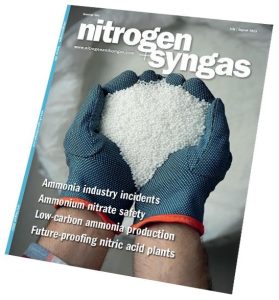
While demand for ammonia remains – for now at least – strongly tied to fertilizer and farming, over the three decades that I’ve edited this publication, methanol’s story has been a very different one, with a succession of major new slices of demand coming every few years from new applications that flare up and then mature or even drop away again. For a while in the 1990s it was MTBE, the oxygenated fuel additive that had a brief flourish in the US before being shut down by leaking fuel tanks leaching into ground water. Then there was dimethyl ether (DME) as a blendstock for LPG, and methanol itself directly blended into gasoline in China to keep up with soaring vehicle fuel demand. More recently, methanol to olefins (MTO) has added almost another 25% of demand over and above existing chemical and fuel uses. But as the world cracks down on coal production and use, China’s attempt to use methanol as a way of using domestic coal to replace imported oil seems to have passed its high water mark and begun to recede.
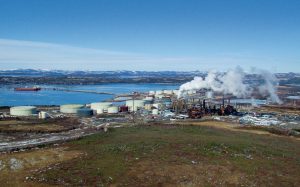
Liquid fuels will be with us for decades to come, but refiners will be pushed to decarbonise their activities, via greater use of biofuels, and green/blue hydrogen use.
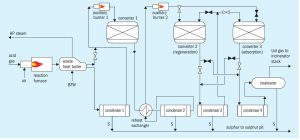
Inshan S Mohammed of Sulfur Recovery Engineering shares the lessons learned from an emergency shutdown of an MCRC sulphur recovery unit in the middle of a cold Canadian winter where temperatures can be -30°C.

BASF is challenging traditional catalyst shapes and performance relationships by introducing a radically new shaping concept resulting in materials with step change properties and performance. This innovative concept using 3D-printing technology is applicable to a wide range of reactions in the chemical industry and BASF is using sulphuric acid catalysts as the pilot to pioneer new ground.

Incorporating sulphur into polymers is known to improve their properties. New research is looking into the varied world of sulphur co-polymers, unlocking new materials for batteries, structural applications and clean technology.
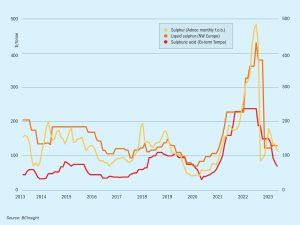
New sulphur burning capacity in India is expected to come online in the coming months at fertilizer producer operations. This will lead to an increase in sulphur import demand but also impact sulphuric acid imports to the country.
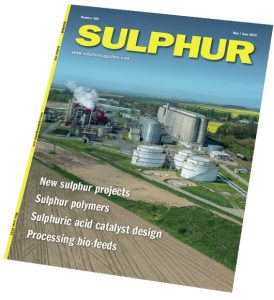
A reader wrote to me recently asking if I had considered the impact of general artificially intelligent systems like ChatGPT on the publishing industry. As a matter of fact I had, but only, somewhat narrowly and selfishly, on how it might impact my own job in the future. But the dramatic shift in AI capabilities that we have seen in the past couple of years is certainly food for thought, and I’ve seen no end of articles predicting the death of the creative industries.

As part of the expansion of the Shah gas plant (SGP) in the United Arab Emirates, a new 12-inch pipeline was designed and commissioned in January 2020. Hassa Al Mulla, Ravi Srinivas and Alsail Al Jaberi of ADNOC Sour Gas highlight the best practices implemented in the newly commissioned liquid sulphur pipeline.